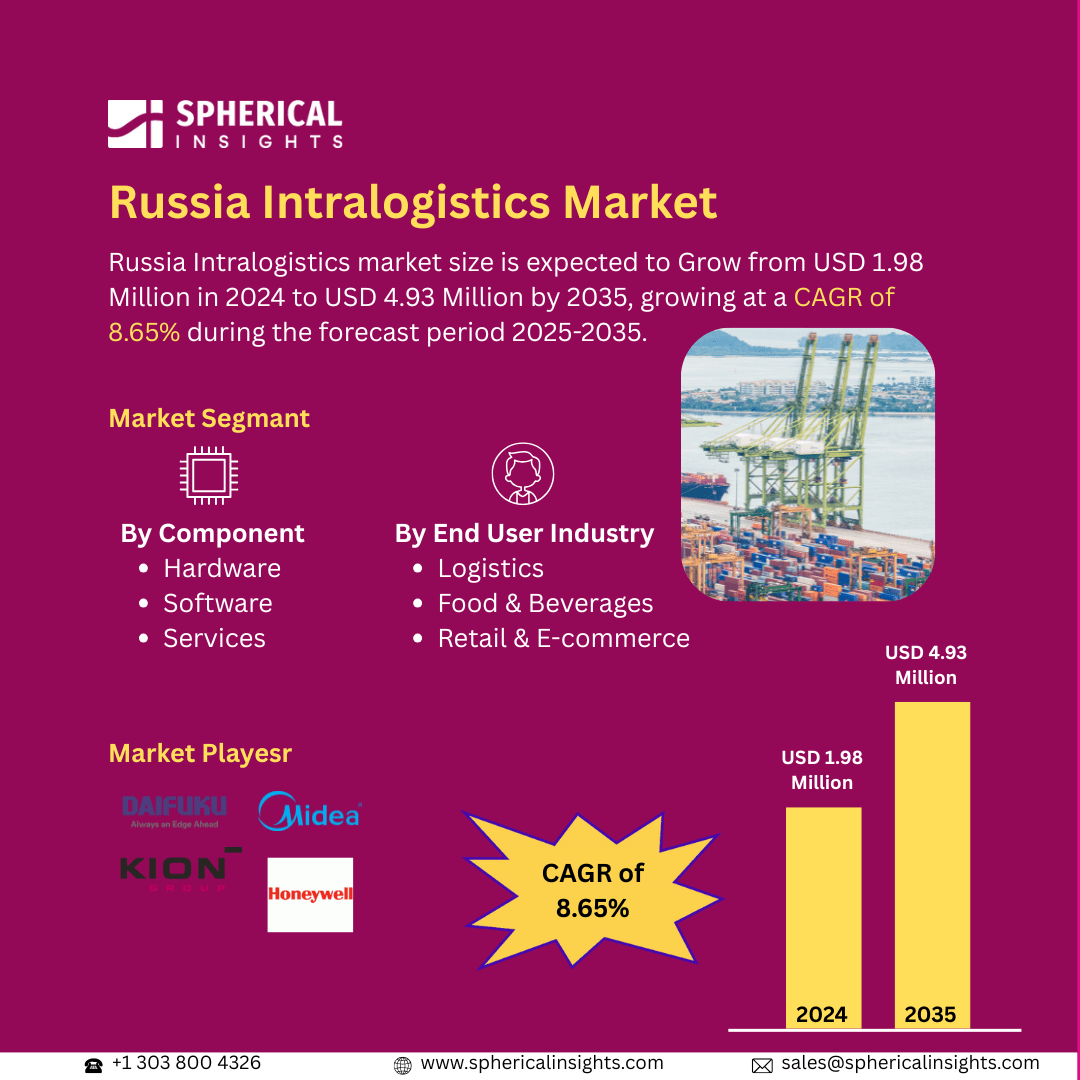Global Cellulose Fiber Market Size To Exceed USD 70.34 Billion By 2033
According to a research report published by Spherical Insights & Consulting, The Global Cellulose Fiber Market Size is Expected to Grow from USD 39.55 Billion in 2023 to USD 70.34 Billion by 2033, at a CAGR of 5.93% during the forecast period 2023-2033.
Browse 210 Market Data Tables And 45 Figures Spread Through 190 Pages and In-Depth TOC On the Global Cellulose Fiber Market Size, Share, and COVID-19 Impact Analysis, By Product (Natural and Synthetic), By Application (Textile, Hygiene and Industrial), and By Region (North America, Europe, Asia-Pacific, Latin America, Middle East, and Africa), Analysis and Forecast 2023 - 2033.
The manufacturing and distribution of both natural and synthetic cellulose fibers are included in the cellulose fiber market. These plant-based fibers are utilized in a variety of products, including paper, textiles, and other industrial components. The market, which is divided by fiber type and application, is expanding as a result of rising demand for sustainable and biodegradable materials. Cellulose fibers are naturally occurring fibers derived from plants that are mainly made of the carbohydrate polymer cellulose. These are present in a variety of plants, such as bamboo, hemp, cotton, and wood, and it is served as the structural element of plant cell walls. Papermaking, textiles, and other sectors make extensive use of these fibers. Furthermore, the rapidly growing industries of building, paper, and textiles are the main users of cellulose fibers. Consequently, the demand for cellulose fibers over the world has benefited from their encouraging expansion. Demand for cellulose fibers is rising as businesses work together more and more to source raw materials sustainably. However, environmental concerns, competition from synthetic materials, and price changes for raw materials are restraining the market growth.
The synthetic segment dominated the largest share in 2023 and is anticipated to grow at a significant CAGR during the forecast period.
Based on the product, the global cellulose fiber market is divided into natural and synthetic. Among these, the synthetic segment dominated the largest share in 2023 and is anticipated to grow at a significant CAGR during the forecast period. This can be attributed to the greater performance, scalability, and affordability of synthetic fibers. When compared to natural fibers, synthetic fibers offer a number of advantageous qualities, including resilience to environmental influences, flexibility, low absorbency, and durability. This is because of these qualities, it is especially well-suited for a variety of uses, including the production of clothing tailored to a particular industry, as well as in the building and other sectors.
The textile segment held the highest share in 2023 and is anticipated to grow at a significant CAGR during the forecast period.
Based on the application, the global cellulose fiber market is divided into textile, hygiene, and industrial. Among these, the textile segment held the highest share in 2023 and is anticipated to grow at a significant CAGR during the forecast period. Cellulose fibers are widely consumed by the textile industry, which uses them as a major raw material to produce a variety of goods, including clothing, home furnishings, and industrial textiles. One of the main factors propelling industry growth has been the steady and significant demand from this area. Cellulose fibers are used in a variety of textile goods, from high-performance technical fabrics to casual clothing. The range of applications for cellulose fibers in this market has increased due to their adaptability.
North America is anticipated to hold the highest share of the global cellulose fiber market over the projected period.
North America is anticipated to hold the highest share of the global cellulose fiber market over the projected period. This is because of the region's vast forestlands, wood pulp, the main raw material used to produce cellulose fiber, is readily available and sustainable. Companies in North America have made large investments in R&D to learn about other applications for cellulose fibers. Additionally, the younger, environmentally conscious population in the area has shown a significant desire for fashion clothing created from biodegradable fibers, which is fueling market demand.
Asia Pacific is estimated to grow at the fastest CAGR of the global cellulose fiber market during the forecast period. The main users of cellulose fibers in this area are the established industrial and textile sectors. The production capacity of these fibers has significantly increased as a result of the high domestic demand. Asia Pacific also has a wealth of forest resources, which are essential for the manufacture of cellulose fiber.
Company Profiling
Major vendors in the global cellulose fiber market are LENZING AG, Grasim Industries Limited (Aditya Birla Group), Sateri, Södra, Eastman Chemical Company, Kelheim Fibres GmbH, Tangshan Sanyou Xingda Chemical Fiber CO., Ltd, China Hi-Tech Group Corporation (CHTC), ENKA GmbH & Co. KG, CFF GmbH & Co. KG, Daicel Corporation, Jiangsu Aoyang Technology Co., Ltd, and others.
Key Target Audience
- Market Players
- Investors
- End-users
- Government Authorities
- Consulting and Research Firm
- Venture capitalists
- Value-Added Resellers (VARs)
Market Segment
This study forecasts revenue at the global, regional, and country levels from 2023 to 2033. Spherical Insights has segmented the global cellulose fiber market based on the below-mentioned segments:
Global Cellulose Fiber Market, By Product
Global Cellulose Fiber Market, By Application
- Textile
- Hygiene
- Industrial
Global Cellulose Fiber Market, By Regional
- North America
- Europe
- Germany
- UK
- France
- Italy
- Spain
- Russia
- Rest of Europe
- Asia Pacific
- China
- Japan
- India
- South Korea
- Australia
- Rest of Asia Pacific
- South America
- Brazil
- Argentina
- Rest of South America
- Middle East & Africa
- UAE
- Saudi Arabia
- Qatar
- South Africa
- Rest of the Middle East & Africa



